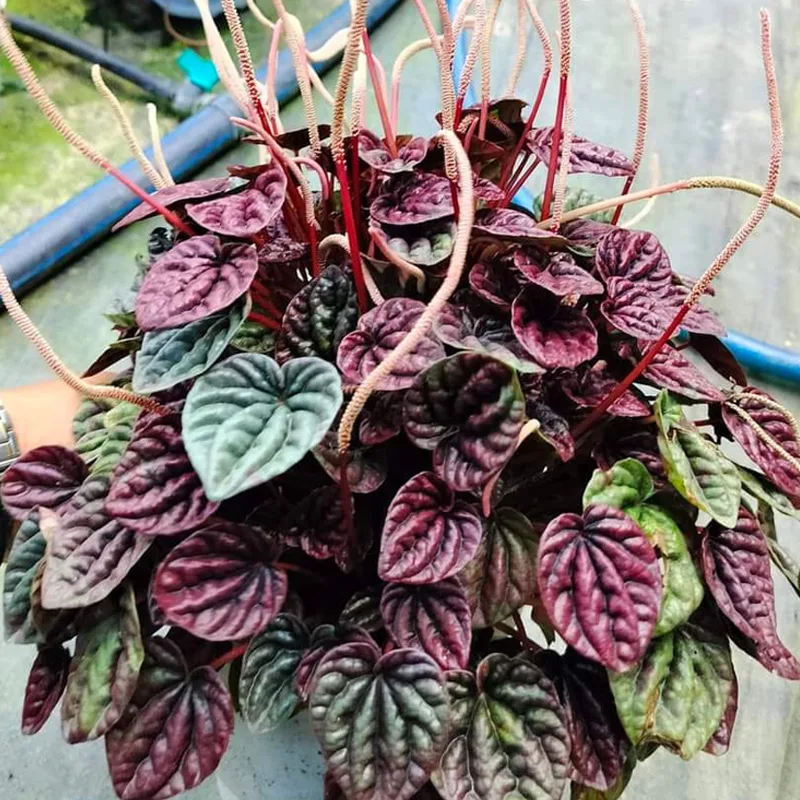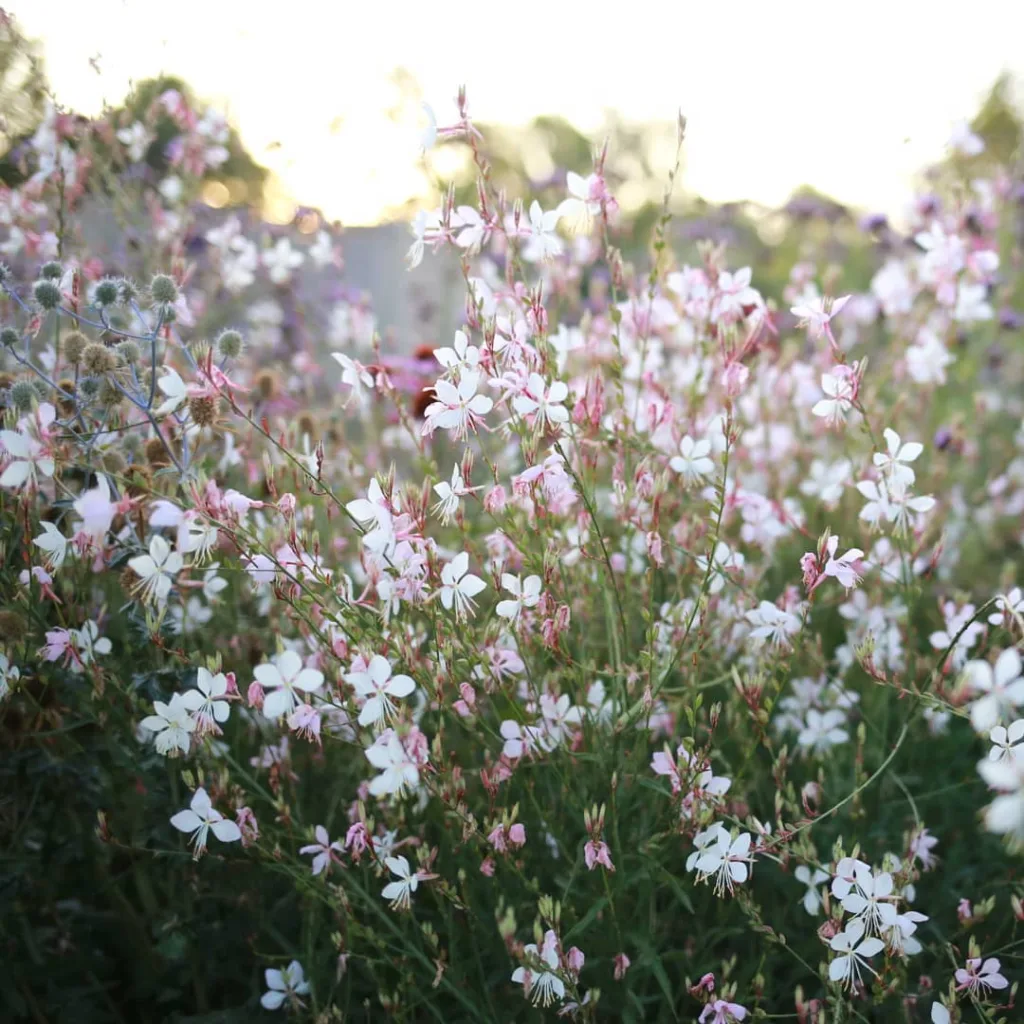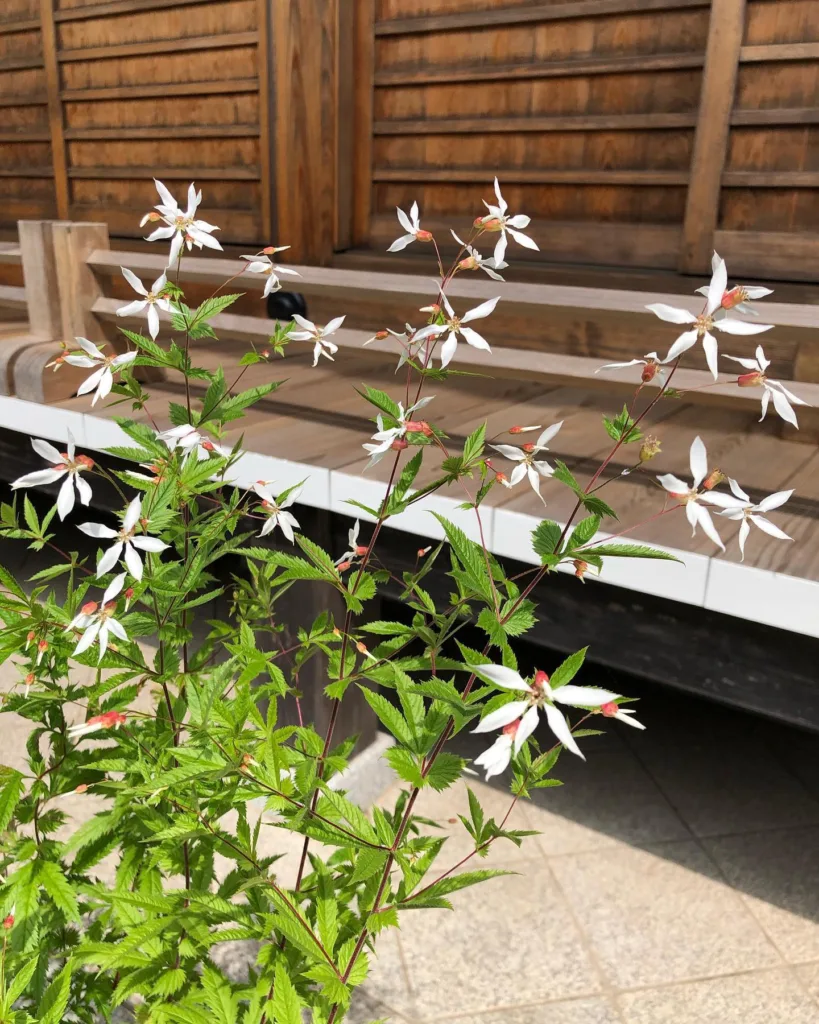Exploring the Hydrostachyaceae Family: My Experience with Hydrostachys
As a plant enthusiast with an eye for the unusual, I often find myself drawn to plant families that are lesser-known but incredibly fascinating. The Hydrostachyaceae family, particularly its sole genus Hydrostachys, has piqued my interest for quite some time. This family, native to Madagascar and parts of Africa, is a peculiar yet intriguing group of aquatic plants that thrives in fast-moving streams and waterfalls. Their unique structure and adaptations make them stand out, not only in the plant kingdom but also in the world of botanical curiosities.
Introduction to the Hydrostachyaceae Family
The Hydrostachyaceae family might not be as well-known as others, but its singular focus on aquatic environments is what makes it so fascinating to me. The only genus within this family, Hydrostachys, consists of about 22 species. These plants thrive in environments where water flow is constant and strong, which makes them highly specialized. When I first stumbled upon this family, I was struck by how different these plants are from the typical aquatic plants we see, such as water lilies or aquatic ferns. Hydrostachys species cling to rocks in turbulent waters, their fronds waving in the currents. It’s a rare sight and one that continues to capture my attention.
Characteristics of Hydrostachys
One of the most striking features of the Hydrostachys plants is their intricate, fern-like leaves that look as though they’ve been designed for water’s constant movement. Their leaves are heavily dissected, which gives them a feathery appearance, perfect for reducing water resistance. This allows them to anchor to rocks and thrive in the most demanding environments, like waterfalls and rapids.
The reproductive structures of these plants are equally fascinating. They produce tiny, unisexual flowers, often clustered in cylindrical spikes. These spikes can resemble a bottlebrush, but what makes them remarkable is their ability to reproduce in such a dynamic, constantly flowing environment. For anyone who’s dabbled in growing aquatic plants, you’ll understand how difficult it can be to simulate such conditions. Hydrostachys, however, has adapted beautifully, managing to thrive where most other plants would struggle.
Adaptation to Harsh Conditions
From my experience and research, Hydrostachys plants are a perfect example of nature’s adaptability. Their root systems are designed to firmly grip onto rocks in fast-moving streams, preventing them from being washed away. It’s amazing how they can handle the stress of constant water flow while remaining anchored and flourishing.
In fact, one of the things that intrigued me the most was learning how these plants absorb nutrients directly from the water, similar to how aquatic mosses and ferns do. Their ability to survive in these nutrient-poor, oxygen-rich environments speaks volumes about their evolutionary success.
When I first read about this, I wondered how plants like Hydrostachys could ever be cultivated outside of their natural habitat. After digging deeper, I found out that they are not commonly grown in home aquariums or gardens due to their specific needs for fast-moving water. This makes them more of a botanical curiosity for people like me who are fascinated by how plants can adapt to extreme environments.
Importance in Biodiversity
Though the Hydrostachyaceae family may not be as prominent as others, its ecological role is significant. By anchoring themselves to rocks in flowing waters, Hydrostachys species contribute to the biodiversity of freshwater ecosystems. Their presence creates habitats for microorganisms and small aquatic creatures, which in turn supports the larger food web. In ecosystems where fast-moving water is common, plants like Hydrostachys are essential in preventing soil erosion and maintaining water clarity.
Given their niche role, these plants help maintain balance in ecosystems that would otherwise be inhospitable to most plant life. This is another reason why they’ve captured my attention—because they illustrate how important even the most obscure plant families can be to the broader ecosystem.
My Takeaway on Hydrostachyaceae
I’ve found that studying the Hydrostachyaceae family, and specifically Hydrostachys, has been a fascinating journey into how plants can evolve to survive in harsh and demanding environments. The more I learn about these plants, the more I appreciate the adaptability of nature. It’s not often that we come across such specialized plants that exist in such specific habitats, but when we do, it serves as a reminder of the incredible diversity that exists in the plant kingdom.
Though I haven’t had the opportunity to grow any species from this family myself due to their highly specific environmental needs, the Hydrostachyaceae family has broadened my understanding of aquatic plants. It’s also inspired me to keep searching for other unique, rare plant families that push the boundaries of what we typically think of as “garden plants.”
Final Thoughts
For anyone who is a plant lover like me, the Hydrostachyaceae family offers a glimpse into a world of plants that thrive in extreme environments, showcasing nature’s resilience and creativity. If you’re looking to explore plants that are a bit off the beaten path, I highly recommend diving into the world of Hydrostachys. They may not be something you can easily bring into your garden, but learning about them will expand your appreciation for the endless variety in the natural world. This is why I find myself continually drawn to unusual plant families like this one—they remind me of how much there is still to discover.
If i die, water my plants!



